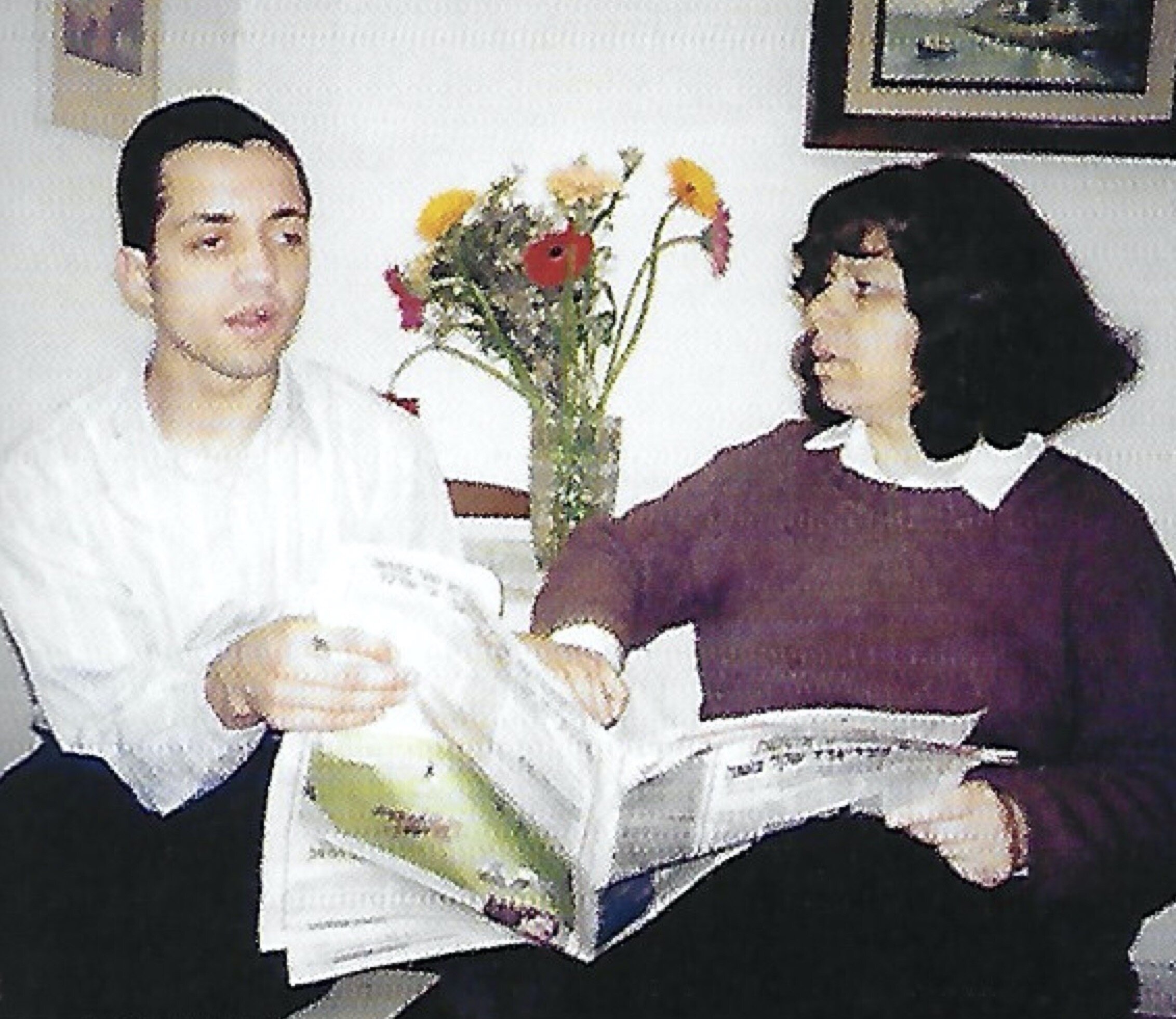On October 21, 1964, Rabbi Arnold Jacob Wolf wrote the following in his monthly synagogue bulletin:
In every single deviant position, Senator Goldwater has opposed not only the American consensus but also the religious commonality. No religious body in America, no serious church leader, no responsible congregation would today dream of sharing his dangerous nationalism, his economic primitivism, or his incredible appeal for good feeling rather than plain justice between the races. No Protestant, no Catholic, no Jew. Goldwater has placed himself squarely against the whole ecumenical struggle of the American churches to find a better way to live together.
…I believe that religious men and especially Jews, and most especially members of this congregation, of whatever party and whatever conviction, should take it upon themselves to name Goldwater their enemy… He will not be the last threat to our American integrity, but he is the clear and present danger, and we should fight him while we still can.
May G-d help us to elect Lyndon Johnson president![1]
Rabbi Wolf was one of the great Jewish voices of the 20th century. Much of his career was based in Chicago, first in its northern suburbs (where this was published), then, after an interim at Yale, on the south side of city. He was a profound religious philosopher and a great teacher of halacha and the imperatives that underpin being a religious person in the modern world.
He obviously knew that congregations are not supposed to be politically partisan. The power of this writing is that he was saying: there is a limit; we are at a once-in-a-lifetime moment where our typical behavior must change.[2]
My commentary to the above, in light of where we are right now in America:
In every single deviant position. Goldwater was an extremist and nuclear warmonger. But at least in 1964 they were debating issues! Today that notion seems almost quaint. This election is not about a rational discussion about the issues that challenge our nation. It comes down to this: Does Donald Trump have any middot/virtuous character traits that you would want your child to emulate?
No religious body in America. I presume Rabbi Wolf was overstating the situation in 1964, just as this would be an exaggeration today. Conservative religious bases are often the last refuge of right-wing extremists, especially since Reagan.
But I understand it this way. People of good faith do not have to agree on policy matters, as long as we agree to a certain common ground, namely: Human beings are endowed with a basic dignity. Hungry people should be fed. Homeless people should be housed. The oppressed should be liberated. Peace is a primary value. So is equitable distribution of justice. The individual’s pursuit of dignity and success and happiness should not be infringed upon—unless that pursuit causes harm to one’s neighbor. And every human being, being made in the image of G-d, is therefore endowed with inalienable rights.
And people of good faith—conservatives and liberals—can rationally disagree on the valid, best paths to take in order to arrive at these shared goals. It seems to me that this is the basis of how to live together respectfully in a community, or family, of people with different opinions.
I see nothing in today’s Trumpian agenda that shares those once-mutual goals. That is why Wolf’s “no religious body…” statement remains valid.
Between the races. 1964! And 2020. The Trumpian embrace of white supremacy is just one of a multitude of reasons why this regime must be vomited out.
No Protestant, no Catholic, no Jew. It was 1964, so this is what was understood to be an ecumenical/interfaith statement. Will Herberg’s famous sociological study of the American mid-20th century melting pot was called Protestant, Catholic, Jew, and surely that is what Wolf is referencing. Of course in 2020 we wouldn’t say it that way; our interfaith tent is much wider, to include many other faiths, especially Muslims (who continue to be cast as a fifth-column by right-wingers), Hindus, Buddhists, Sikhs, and Native American traditions. Our pluralistic tent is richer and broader than it was in the Sixties, to the betterment of all.
He will not be the last threat. Yup.
While we still can. The current president’s dictatorial instincts have been made clear in the past few weeks (and in truth, much much longer), and the urgency of this message is that the basic institutions of our democratic society—such as fair and free elections and peaceful transition of power—are gravely at risk.
This is a most perilous moment for everything America represents; like never before has its democracy been ready to unravel. Rabbi Wolf was prescient about the stakes in 1964, a time when it was time to say yesh g’vul, there is a limit to what we, in a free society, may accept.
May G-d help us to elect Joe Biden president!
Photo credit: Doug Mills, New York Times
[1] Congregation Solel (Highland Park, IL) Pathfinder, October 21, 1964; in Unfinished Rabbi: Selected Writings of Arnold Jacob Wolf, Ivan R. Dee: 1998, 187-188.
[2] Sometimes—with great and weighty hesitation—extreme moments call for conventional rules to be broken. In the language of halacha: It is a time to act for the L-rd, for they have violated Your Torah (Psalm 119:126). The Rabbis read this verse backwards, violate Your Torah, because it is a time to act for the Lord; and they interpret: Because we are facing the most extreme set of circumstances, the moment calls for extreme measures to be adopted. Rashi: “When the time comes to do something for the sake of the Holy One, and we must violate the Torah.” See the Babylonian Talmud, Yoma 69a; Berachot 63a.


